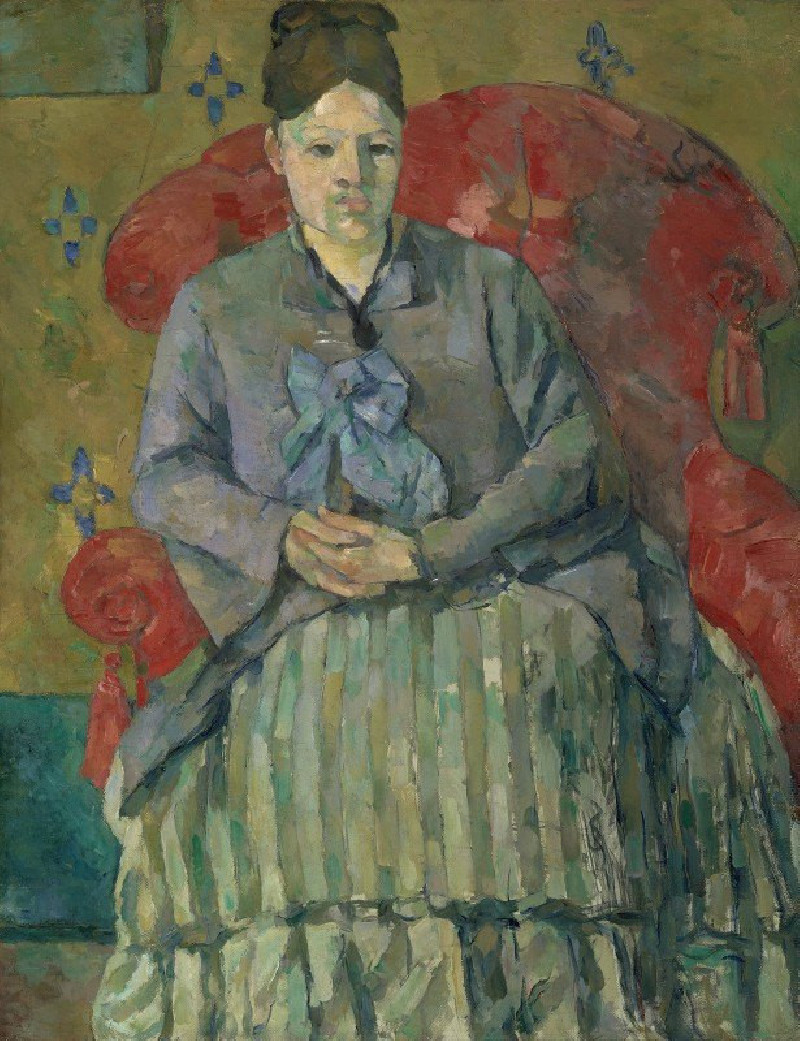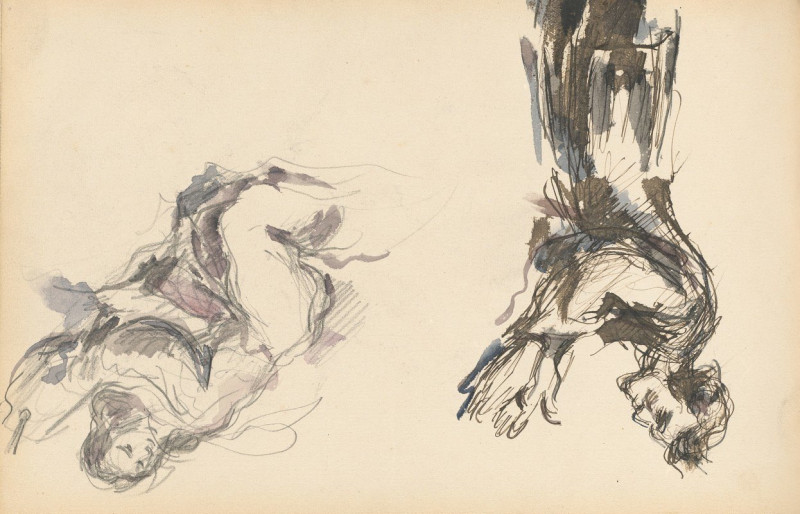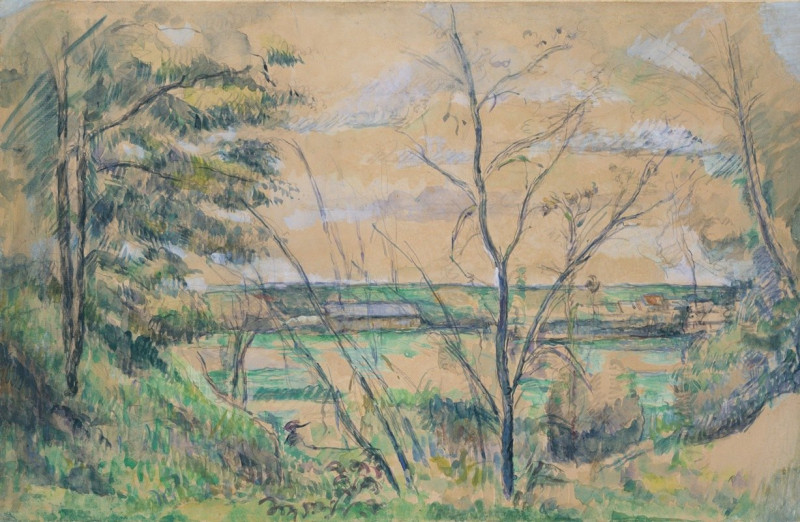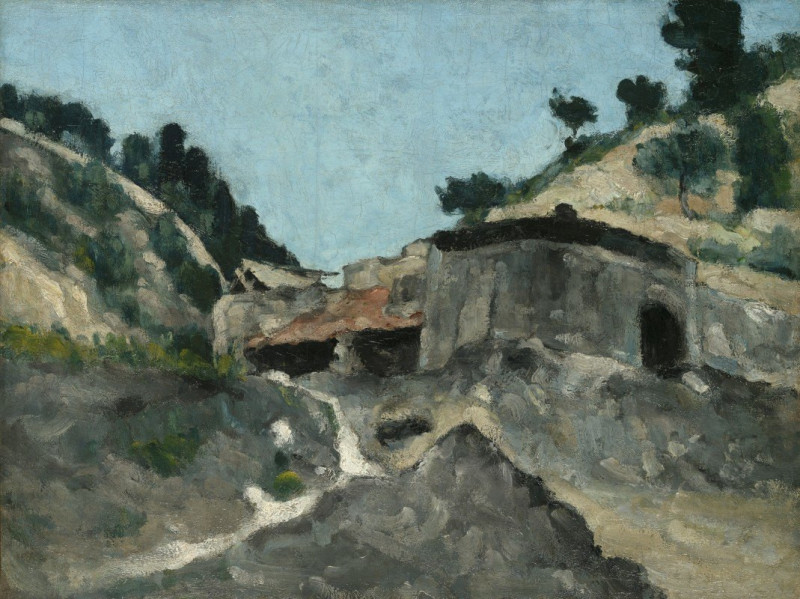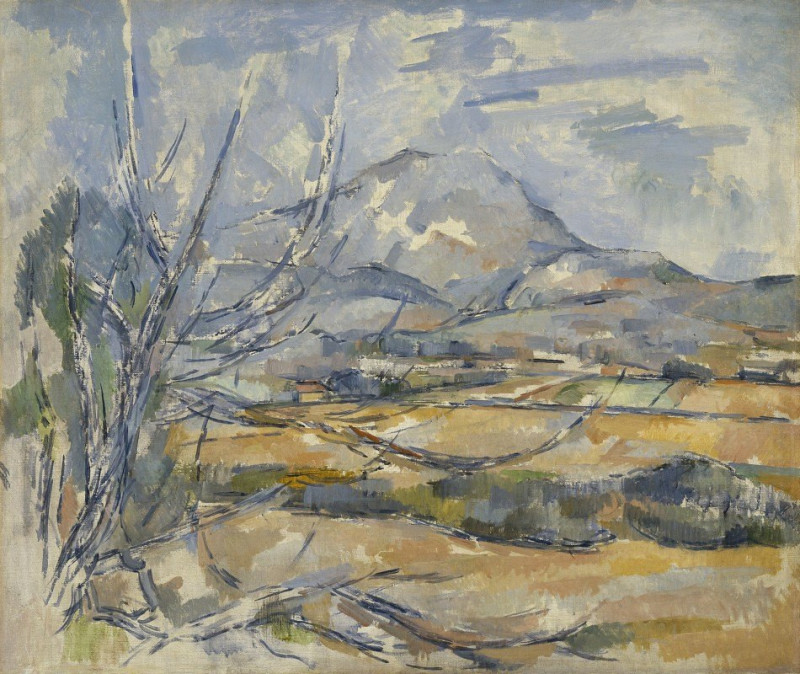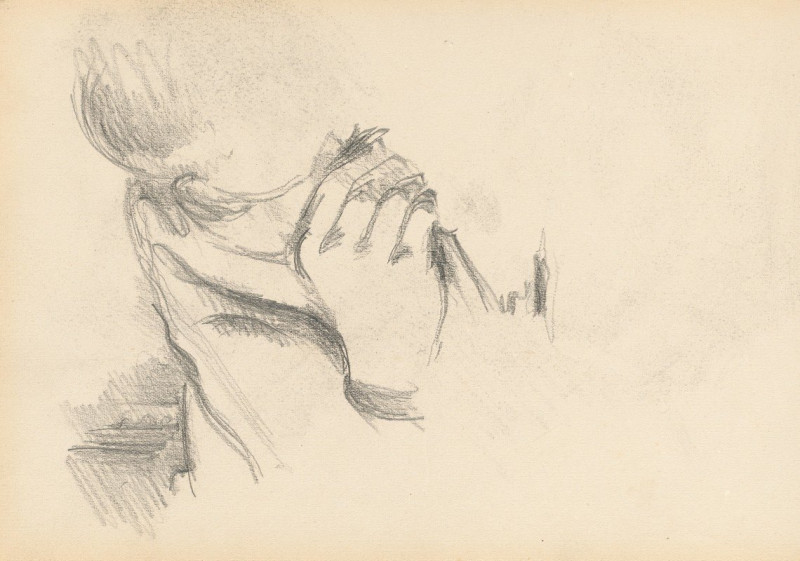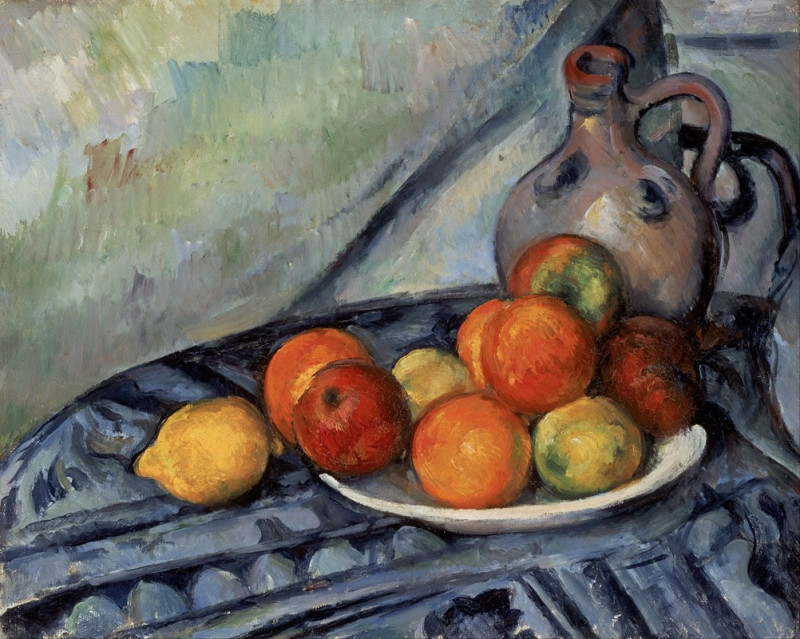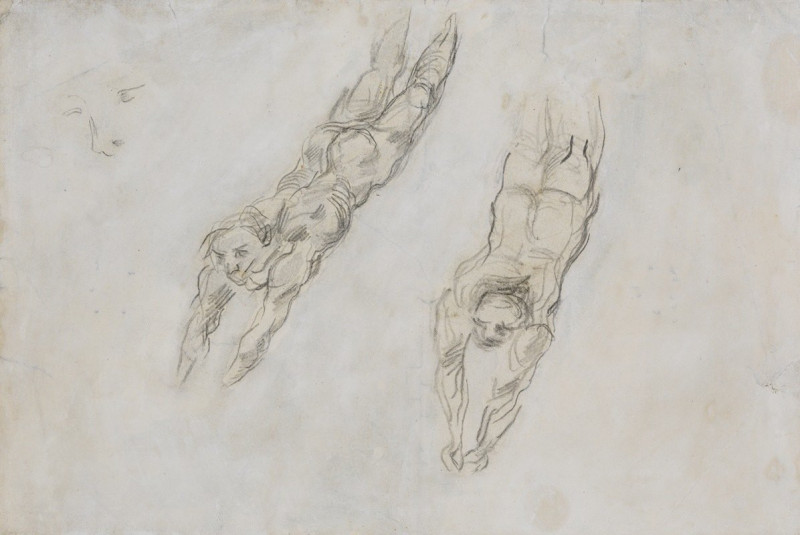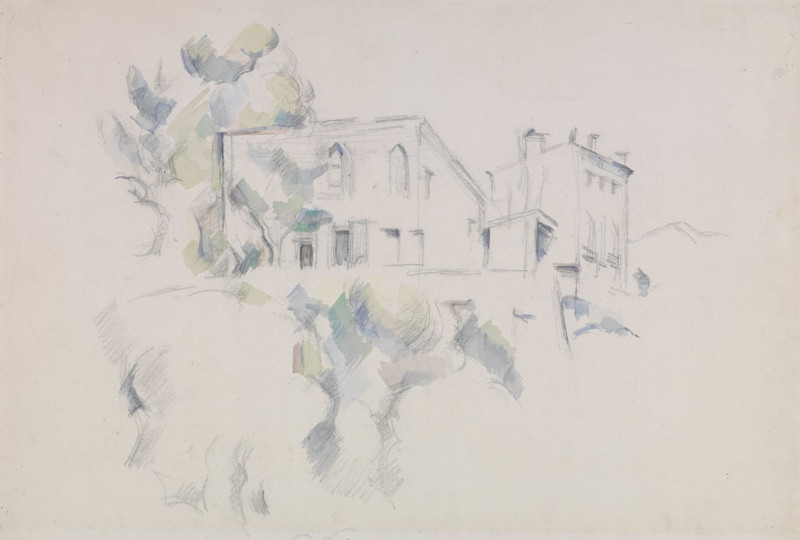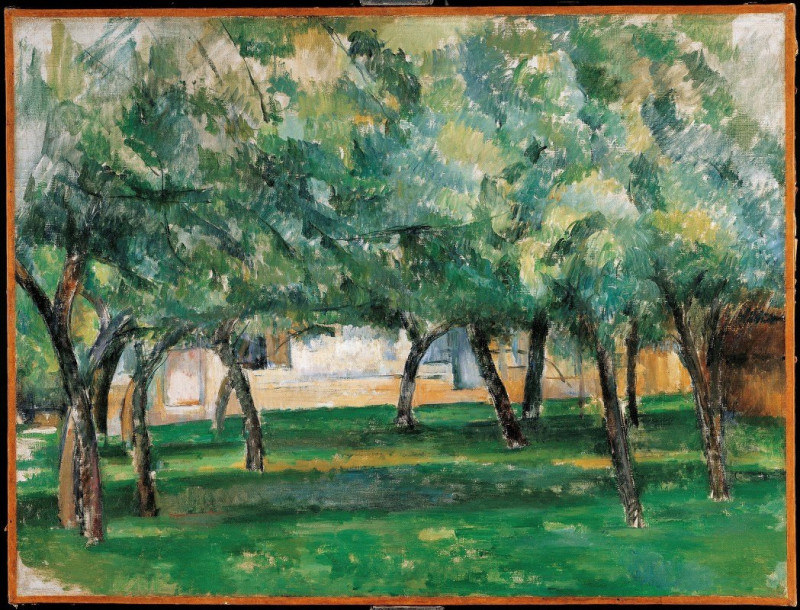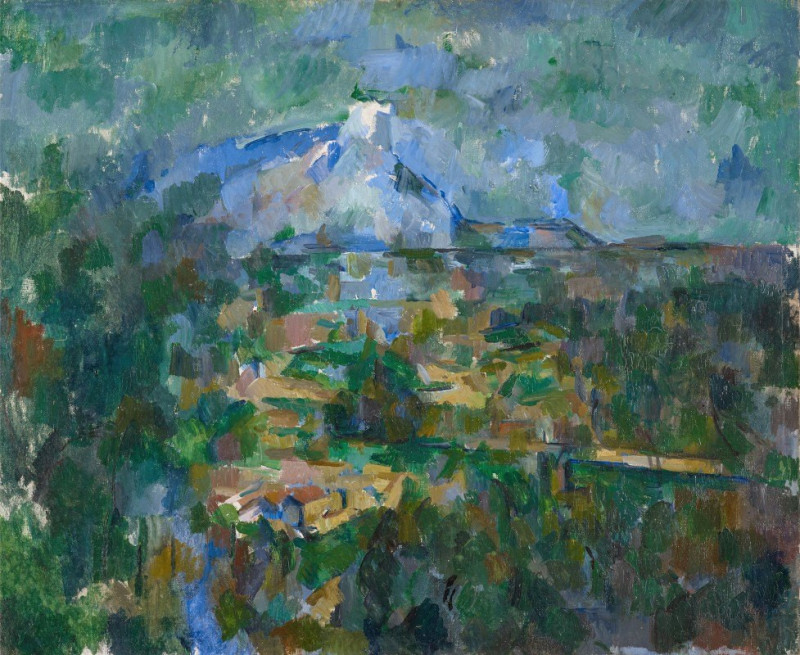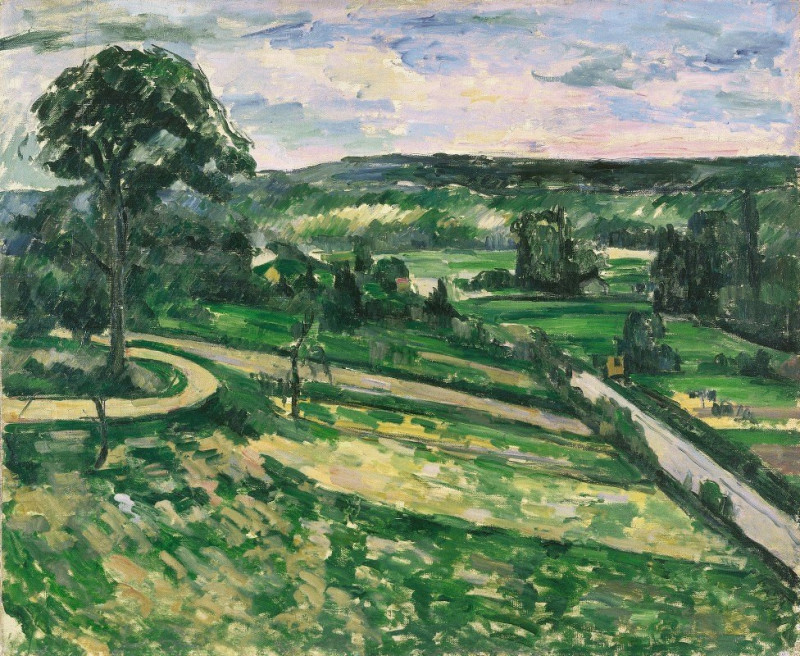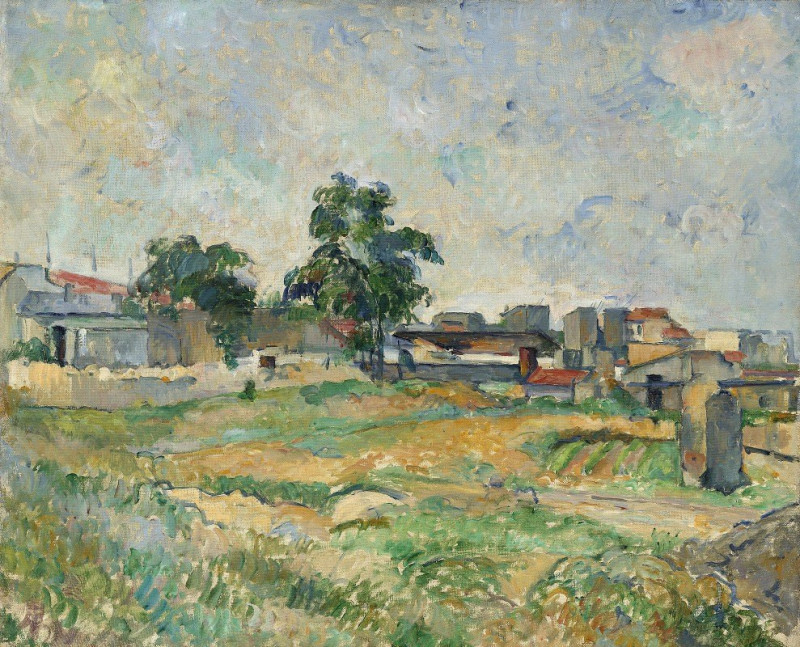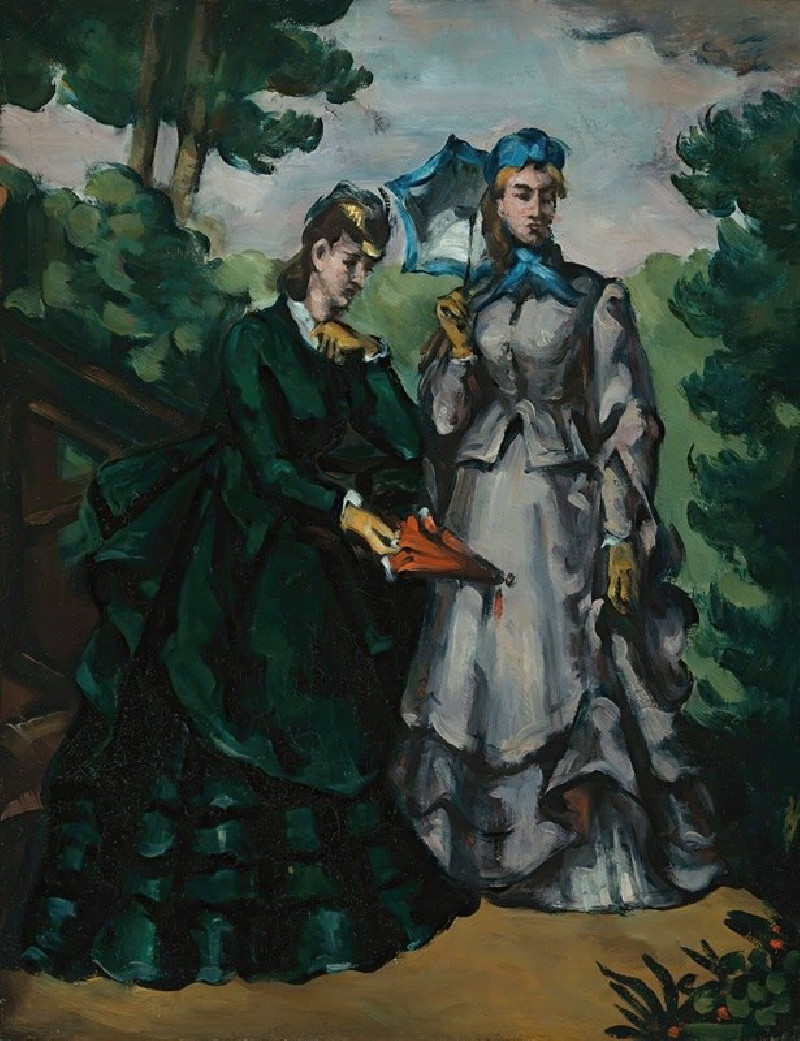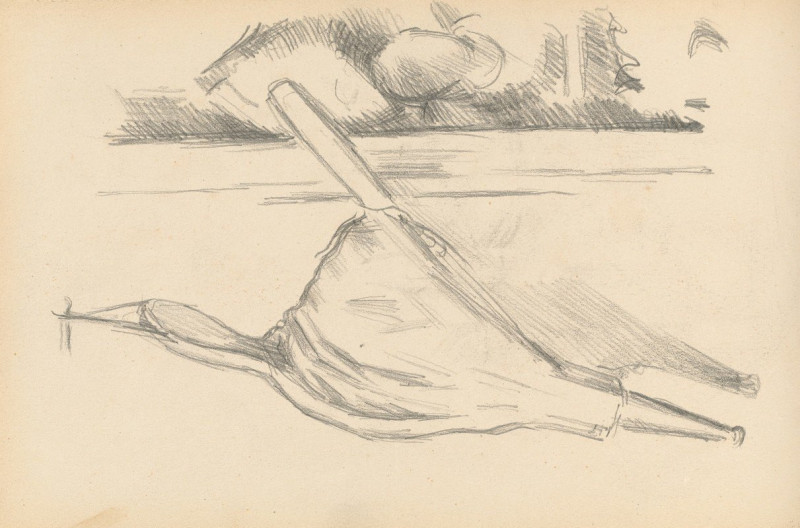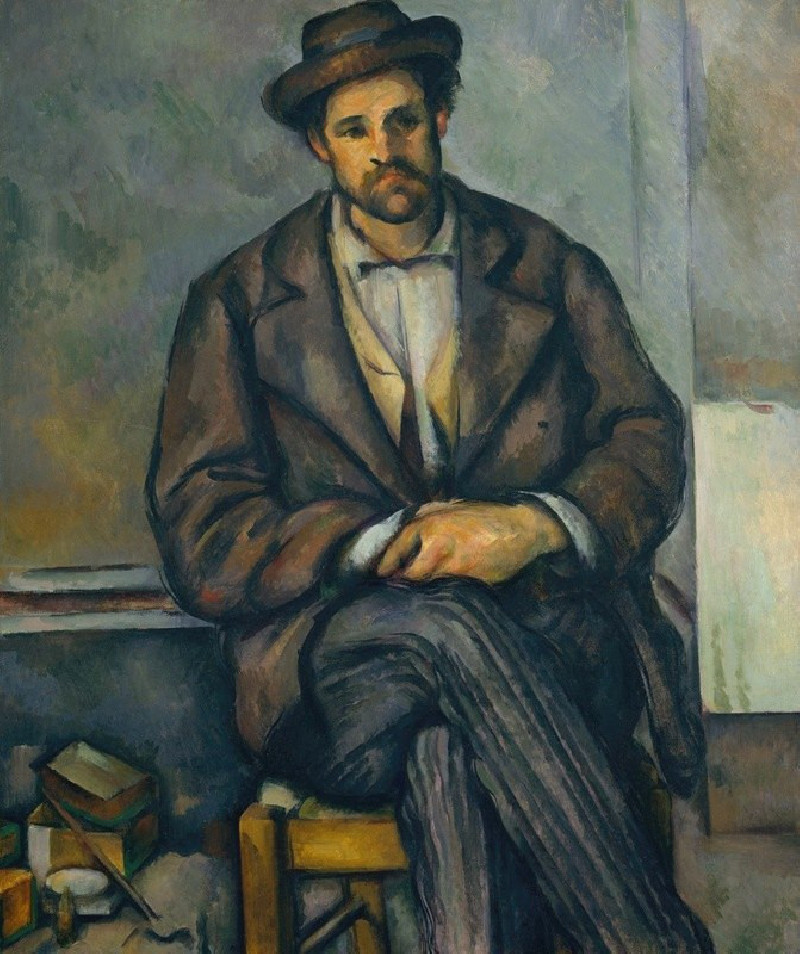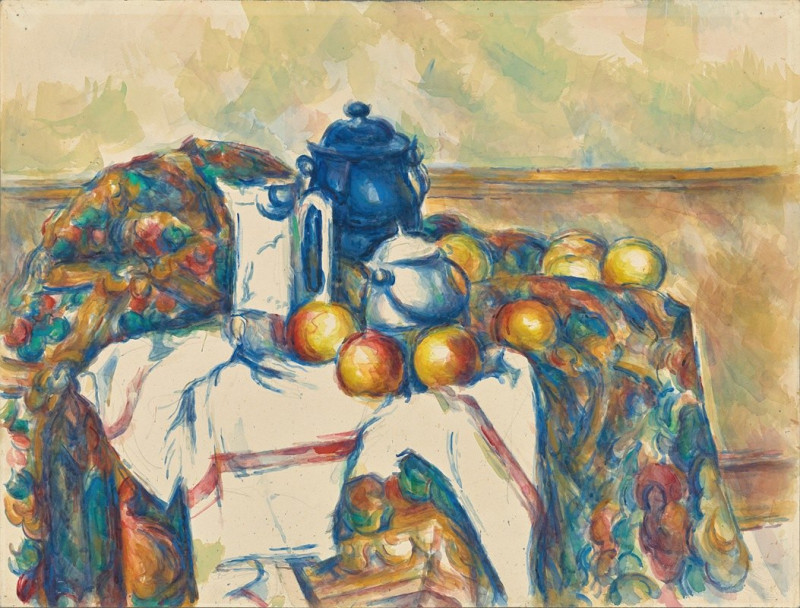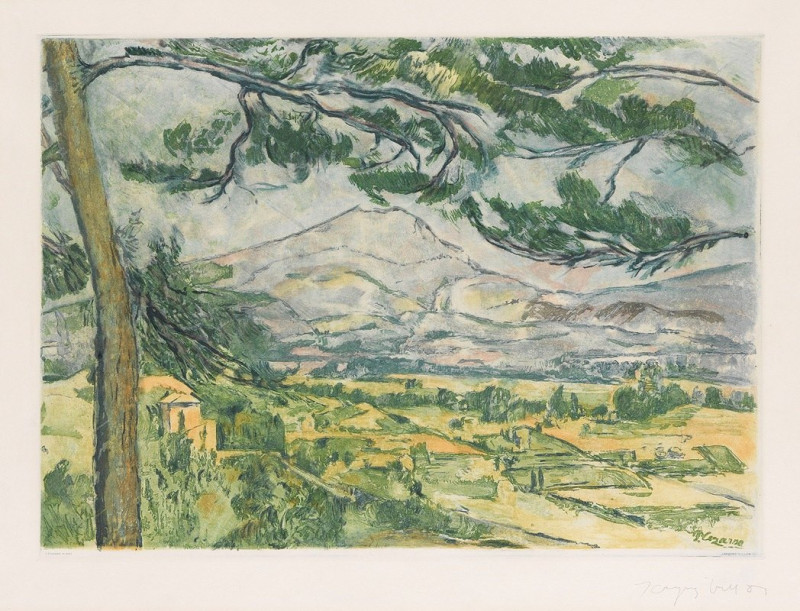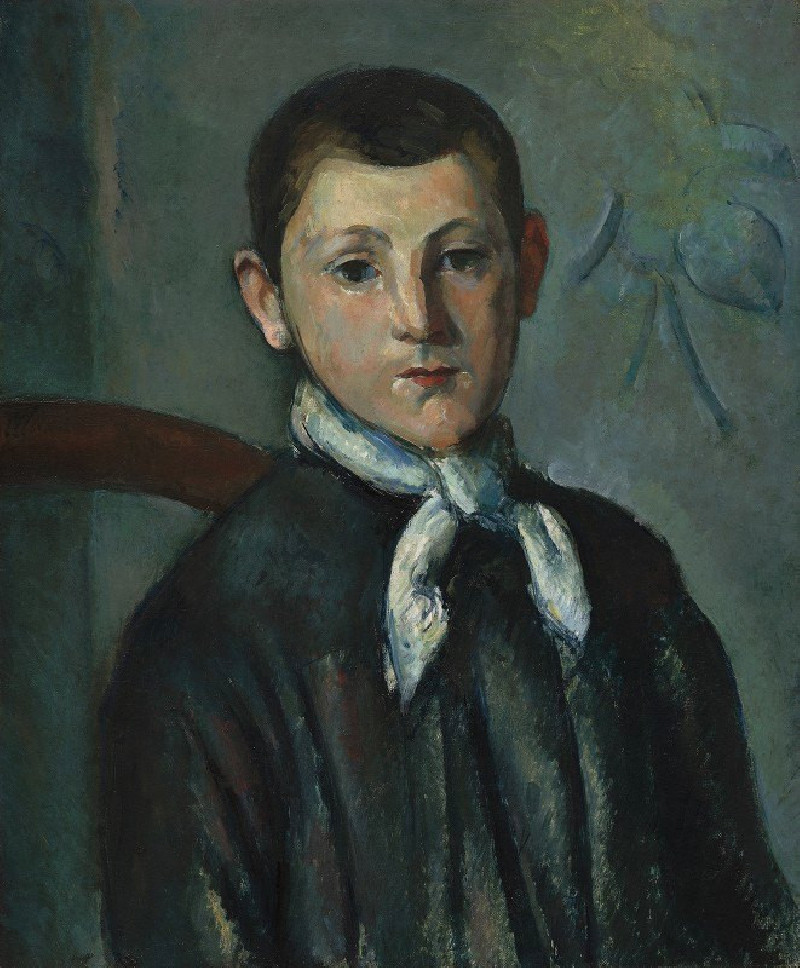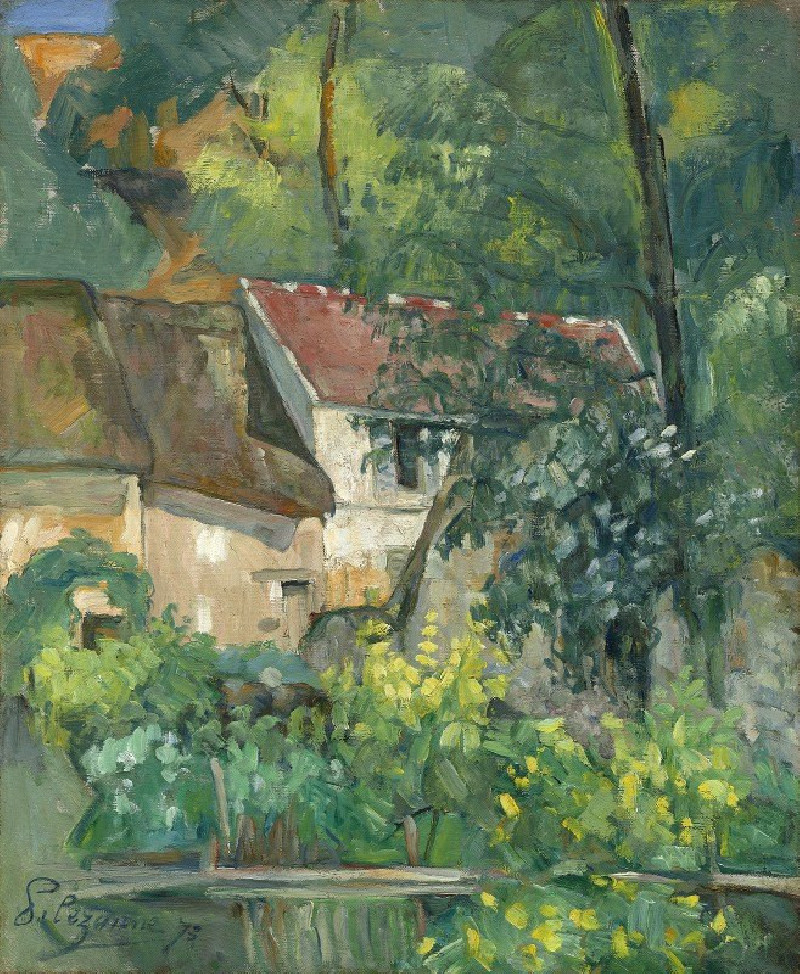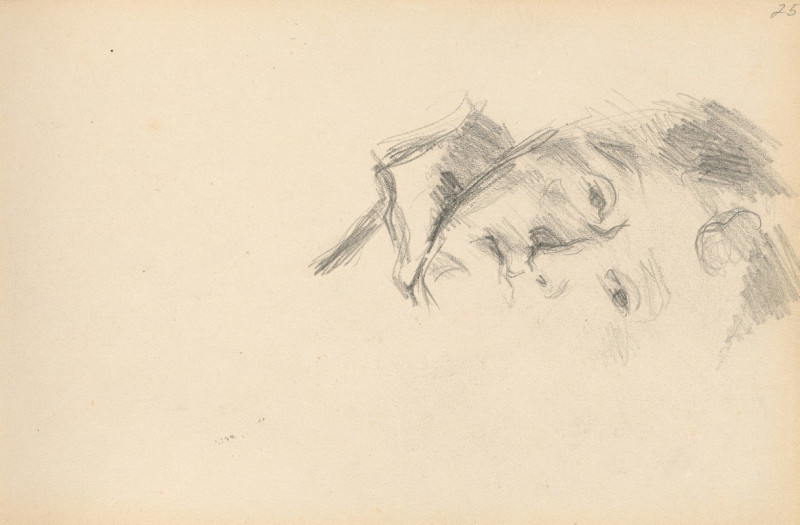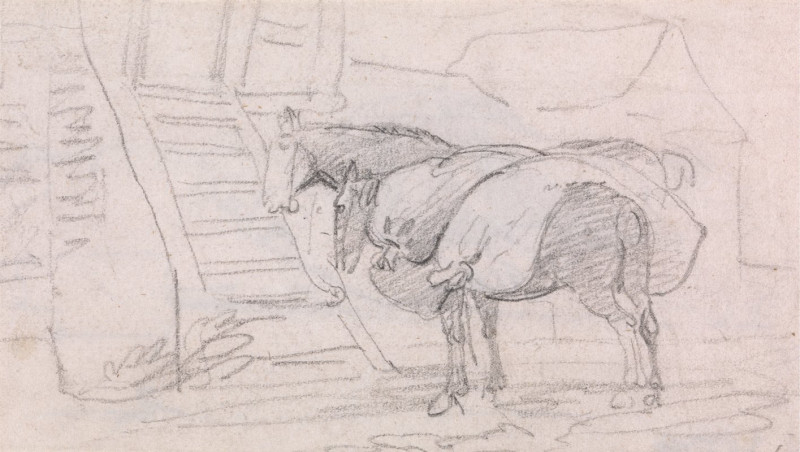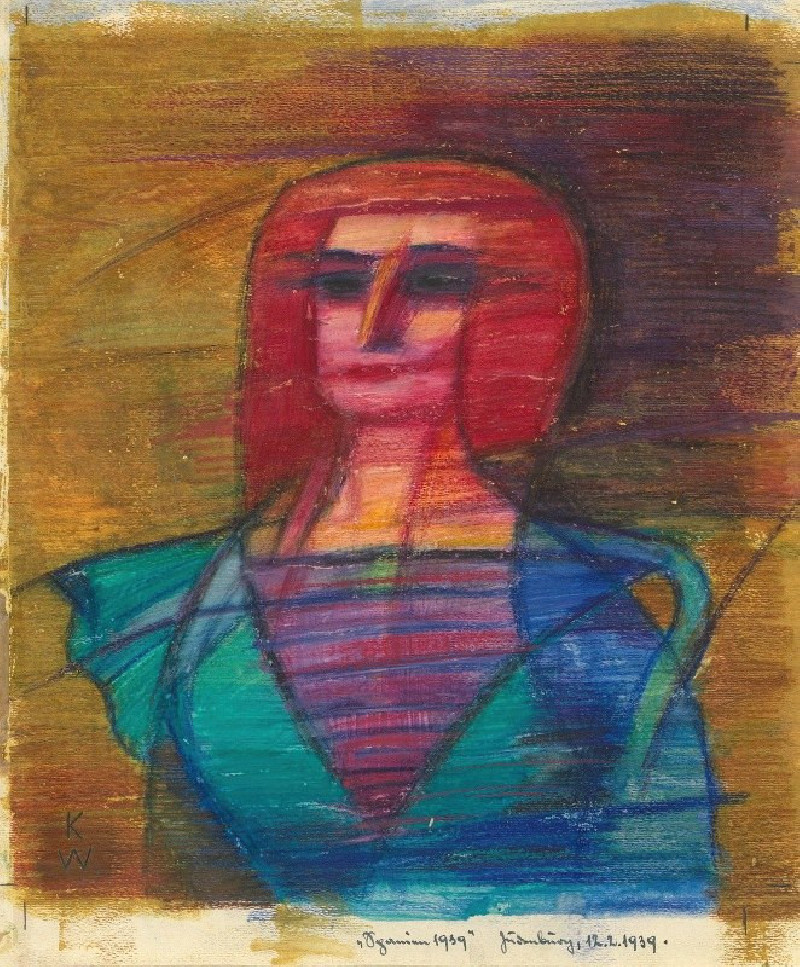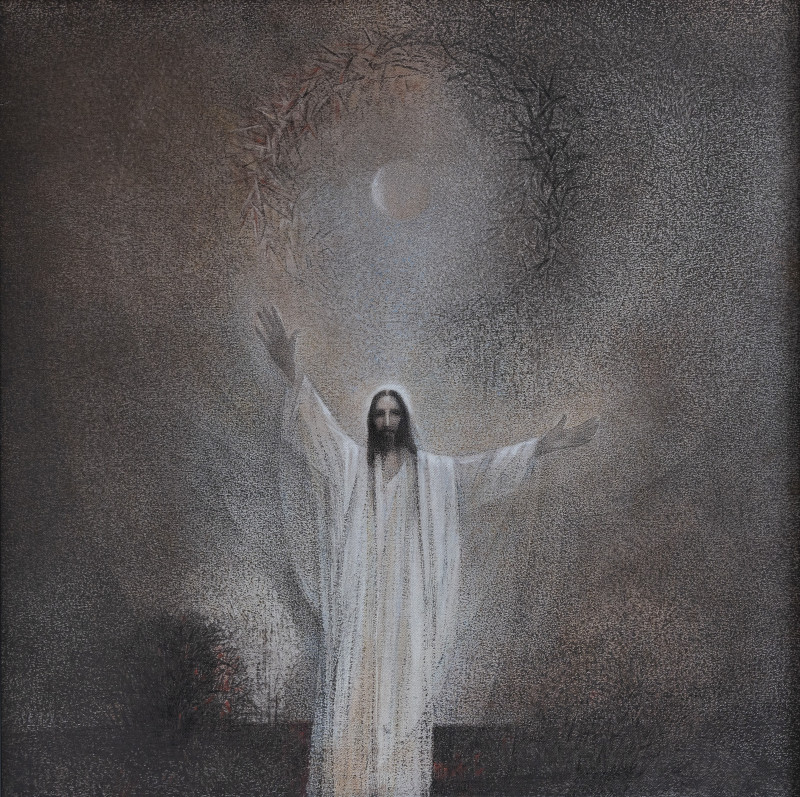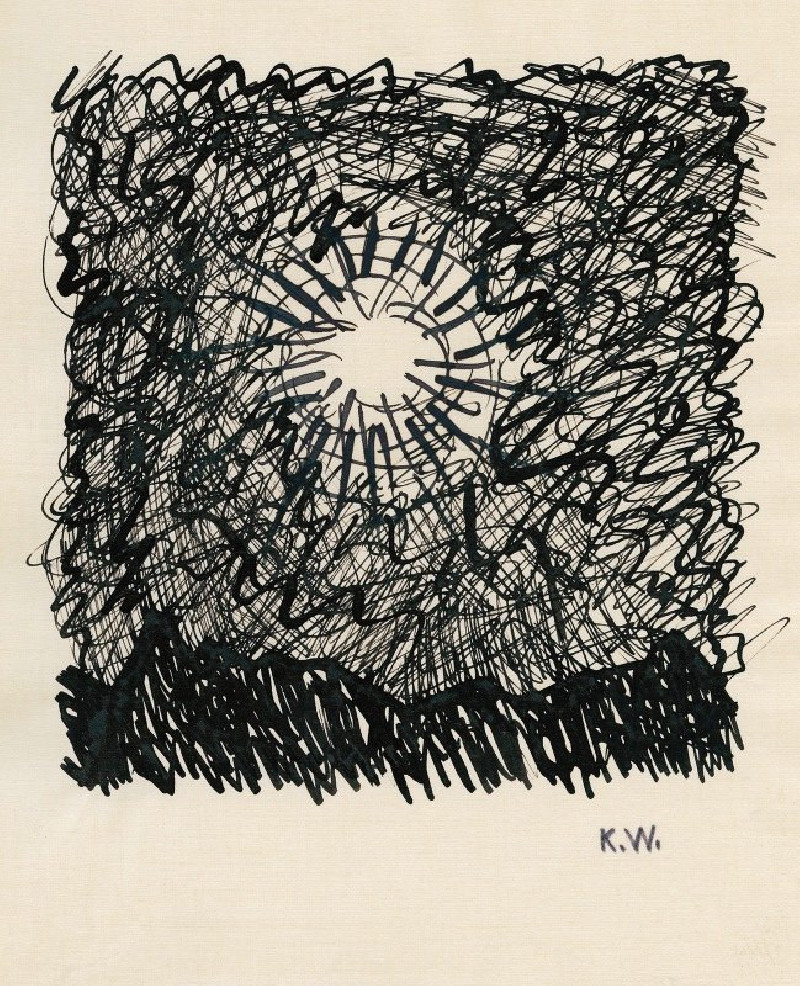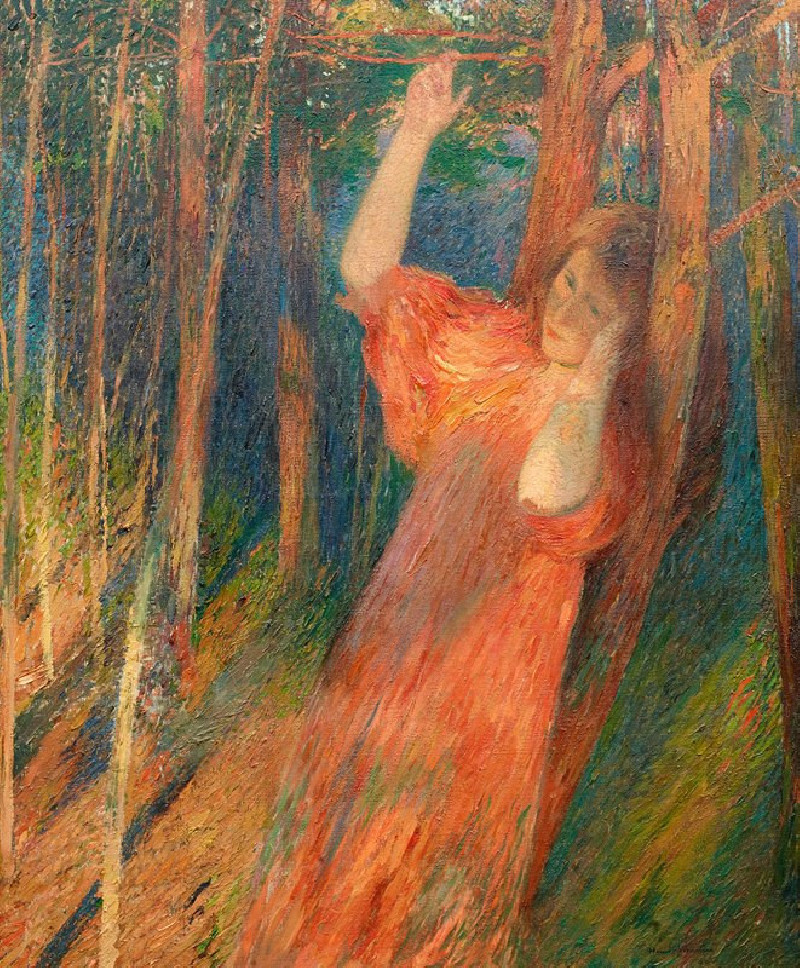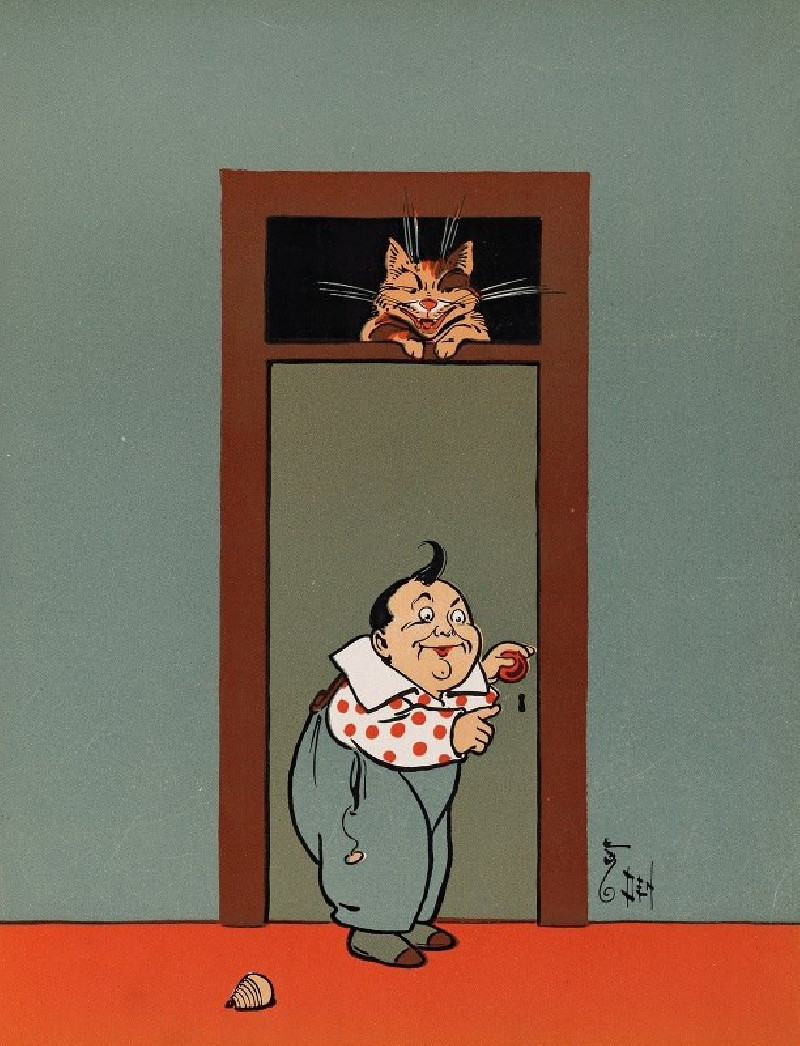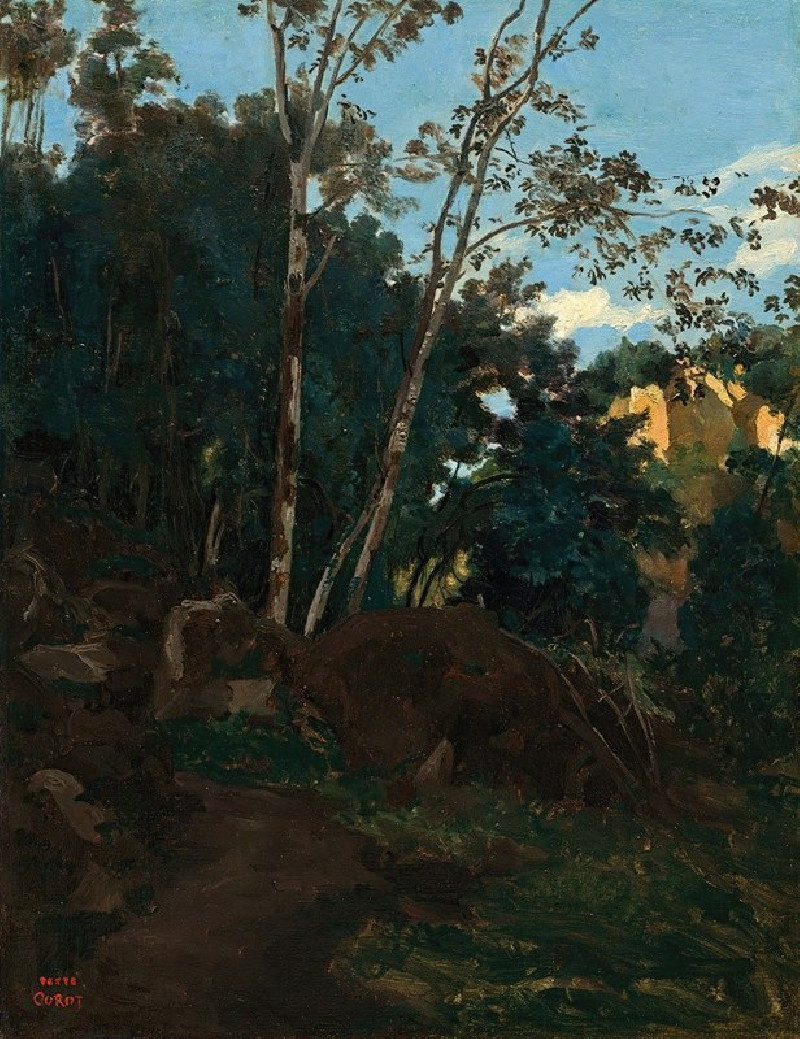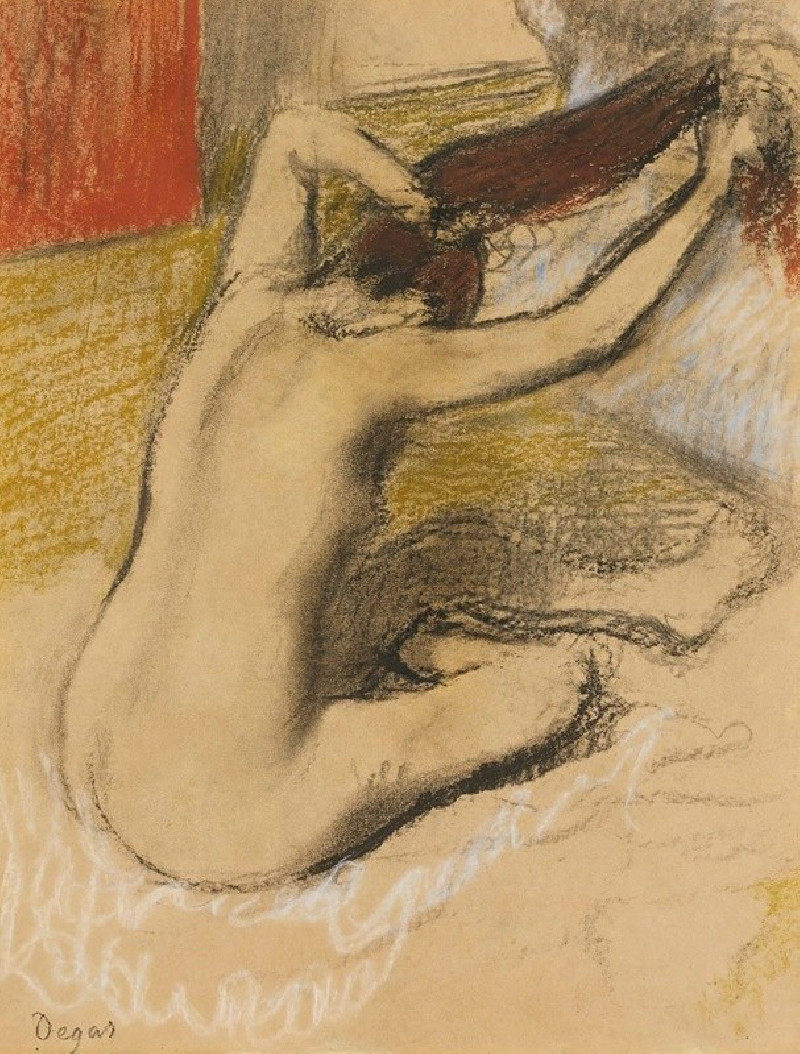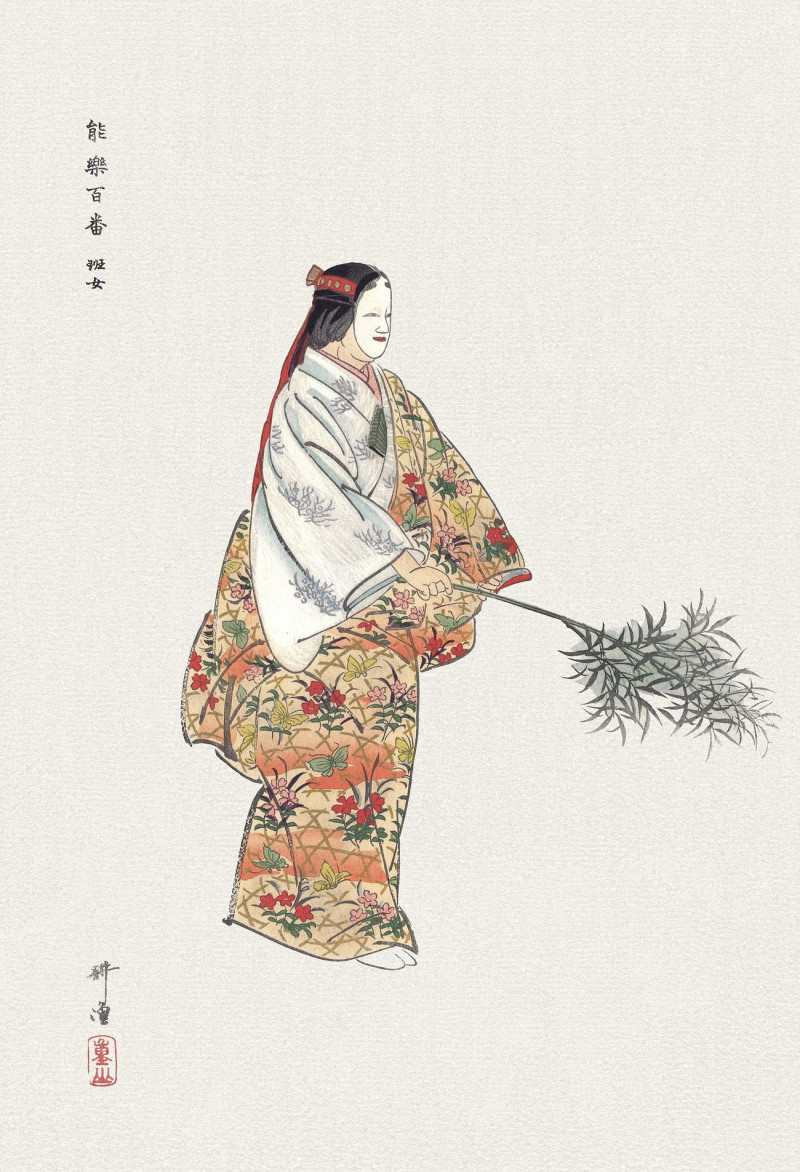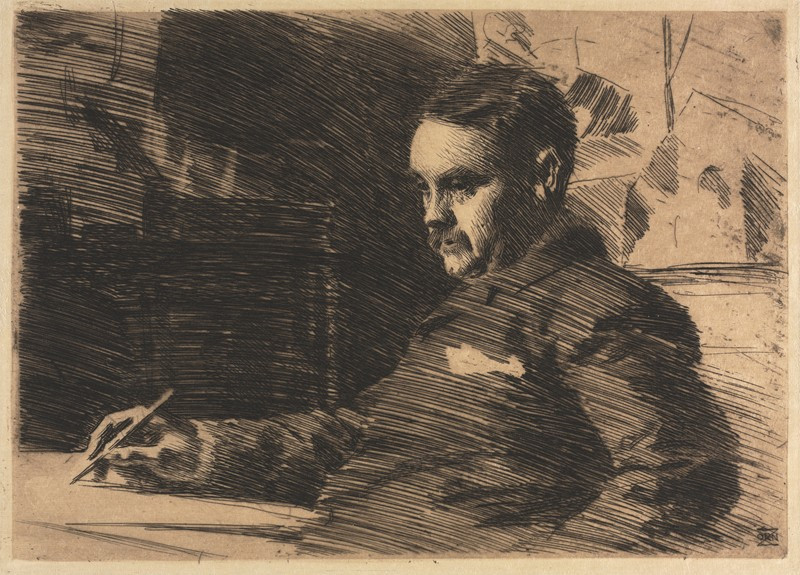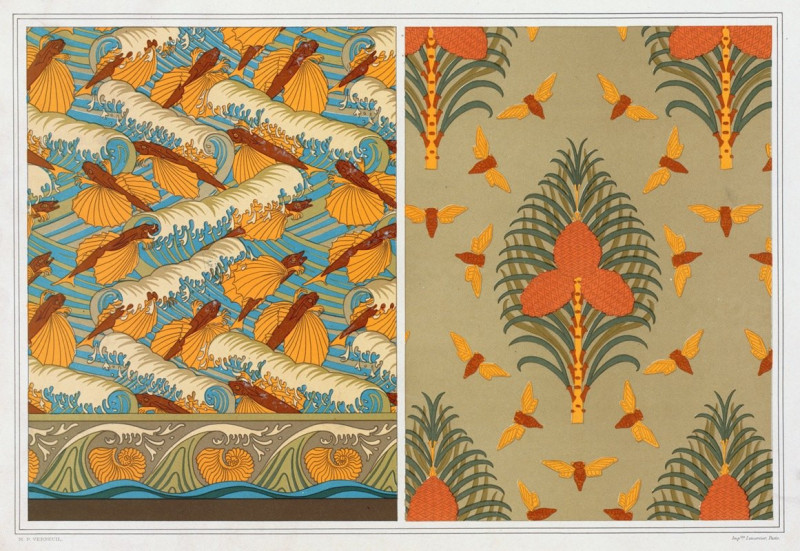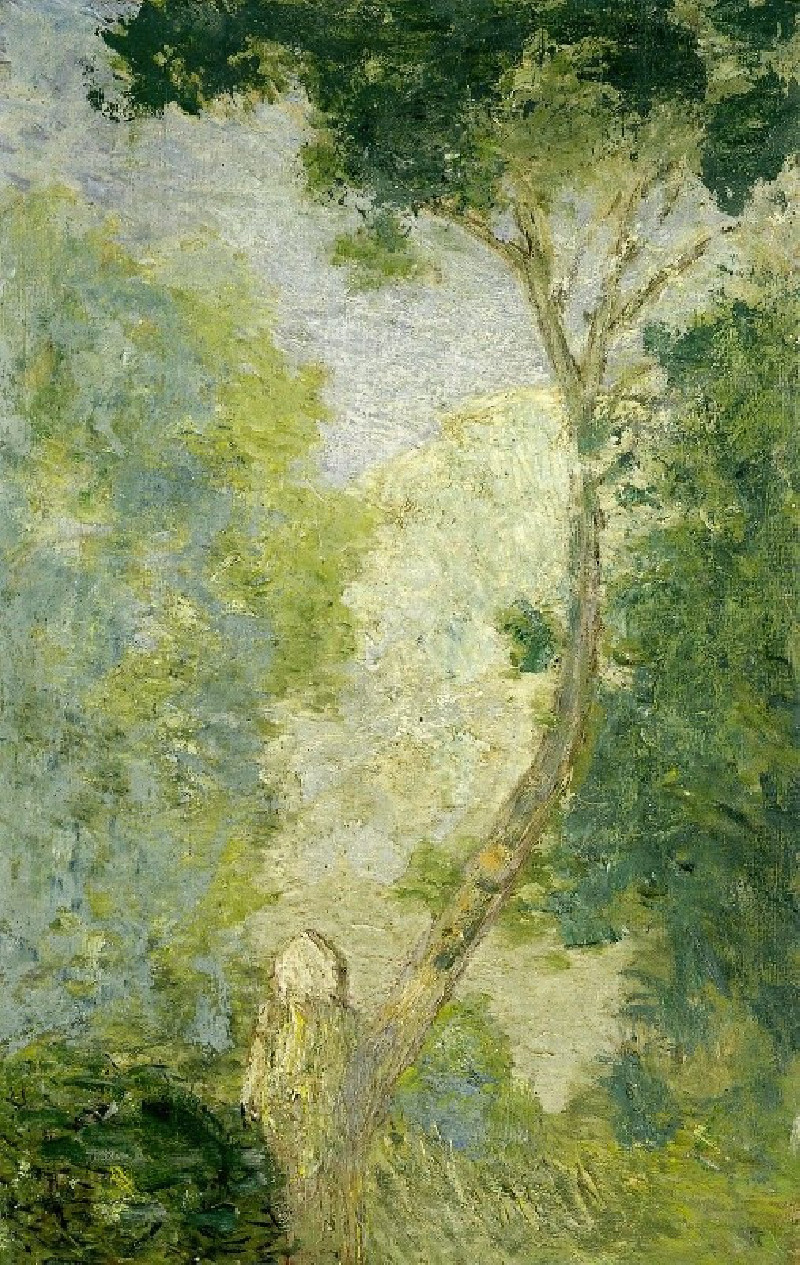Three Pears (1878-1879)
Technique: Giclée quality print
Recommended by our customers
More about this artwork
Paul Cézanne's "Three Pears" (1878-1879) is an exemplary piece showcasing the artist's pivotal transition towards Post-Impressionism. In this painting, three robust pears, full of texture and alive with a vibrant palette of greens, rest casually upon a subtly shadowed backdrop. Cézanne’s brushwork, characterized by its thick application and tactile quality, brings each fruit to a nearly tangible reality.The composition, while simple, carries the weight of careful crafting. By positioning the pears in a tight, adjoining cluster, Cézanne emphasizes their form and mass, which allows the viewer to explore the play of light and color across their surfaces. The muted tones of the background contrast with the vivid greens of the pears, elevating the subjects and drawing the viewer’s attention directly to the texture of their skins, marked by gentle dimples and strokes."Three Pears" not only reflects Cézanne's deep observation of the natural world but also his innovative approach to form, which would later influence the development of Cubism. It is a testament to the artist's ability to transform an ordinary moment into a profound visual experience, utilizing color, light, and brushwork to communicate directly with the beholder.


